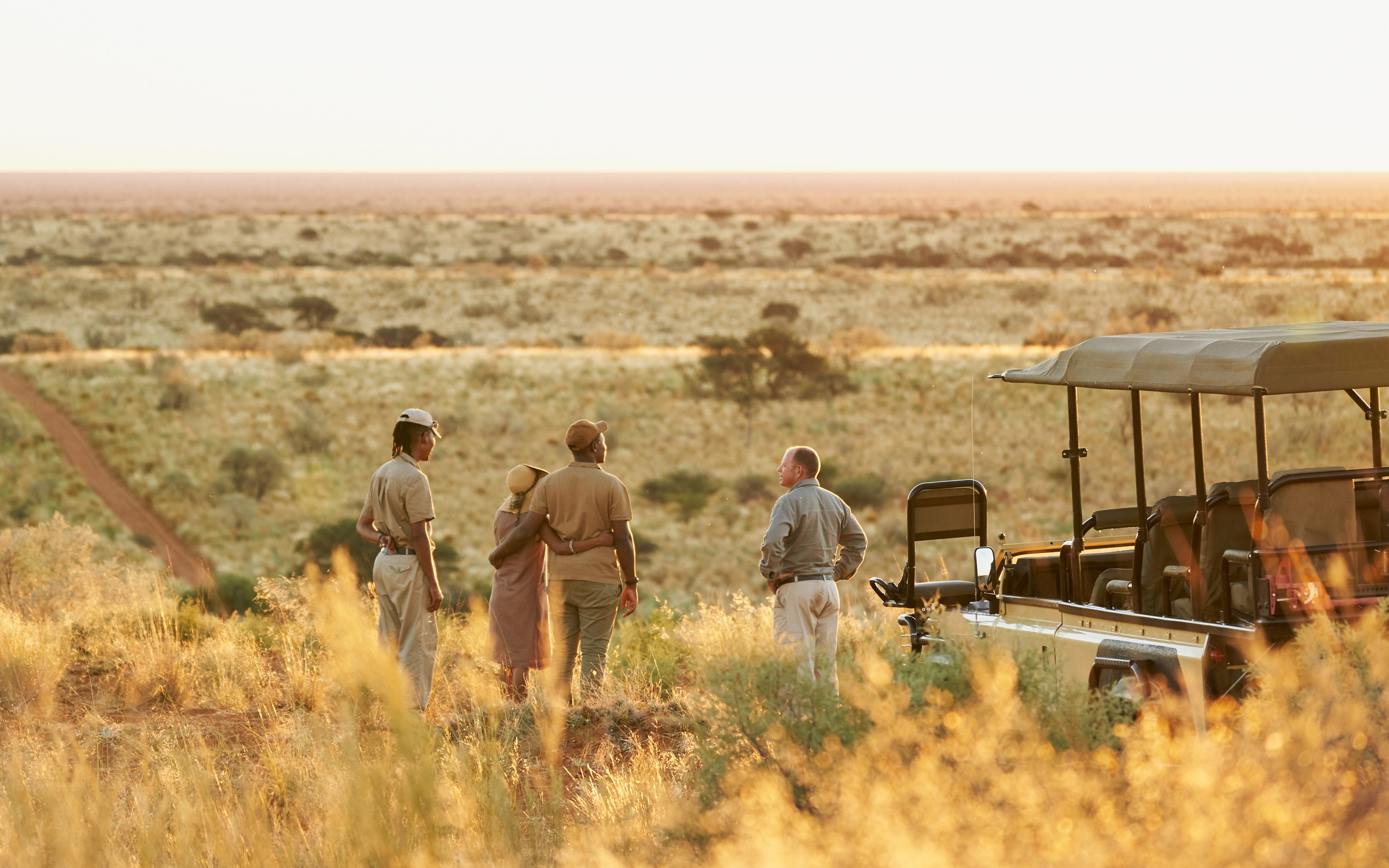The Pangolin
What It Is and Where to Find It
The pangolin is an elusive creature that has quickly become one of the world's most trafficked mammals. They are hard to spot in the wild because of their nocturnal behavior, but we've rounded up five places for you to travel to increase your chances of spotting the pangolin.
Leo Tolstoy said, “The two most powerful warriors are patience and time.” There are no words that ring truer when trying to catch a glimpse of the elusive pangolin. It's one of the trickiest animals to see on safari.
The pangolin is a reclusive, nocturnal animal. It walks on its hind legs and is the only group of mammals to be covered in scales rather than fur. Pangolins rely on their scales for protection which are hard, sharp, made of keratin, and can deeply cut the flesh of a predator. When attacked, they roll up into a ball, presenting a barrier of armor to the attacker. Once they are in a ball, it is impossible to uncurl a pangolin and any attempt would result in severe injuries to the predator.
In recent years, the threat to the pangolin has risen and it is now the most trafficked wild mammal globally. Pangolins are used in traditional Chinese and African medicines, as they are said to cure physical and spiritual ailments. Growing demand for these seemingly mythical creatures has placed it on a list heading towards extinction, with trade levels exceeding even those of elephants and rhinoceros. Therefore, it is getting increasingly harder to spot these prehistoric-looking creatures in the wild. There are eight species of pangolins in the world. Four are found in Asia and four in Africa, but all of them are being threatened by the false belief that their scales can heal a variety of diseases.
Ker & Downey proudly partners with Wildaid, a nonprofit organization on a mission to end the demand for illegal wildlife products. Wildaid is helping fight the trade of pangolins and bring awareness to the threat they are under. Recently the pangolin received full protection from cross-border trade under international law, so Wildaid also works closely with the governments of China and Vietnam to help implement the restriction. They have also trained more than 300 customs and anti-smuggling police officers to quickly identify illegal pangolin products in China and 56 Vietnamese rangers, environmental police, and customs officers on the illegal trade, necessary law enforcement action, and on how to handle confiscated pangolins with Save Vietnam's Wildlife.
The best place to see a pangolin is in the wild, in its natural habitat. Just remember, patience is a virtue. That’s certainly true in the African bush. Here are our top five places to increase your chances of seeing the majestic creature:
- Namiri Plains, Tanzania
- Tswalu Kalahari, South Africa
- Samara Private Game Reserve, South Africa
- Shinde, Botswana
- Mateya Safari Lodge, South Africa

For more information about a safari in Africa in search of the pangolin, contact your designer or visit us on the web. To stay up to date on all of our online content, follow us on Facebook and Twitter.
